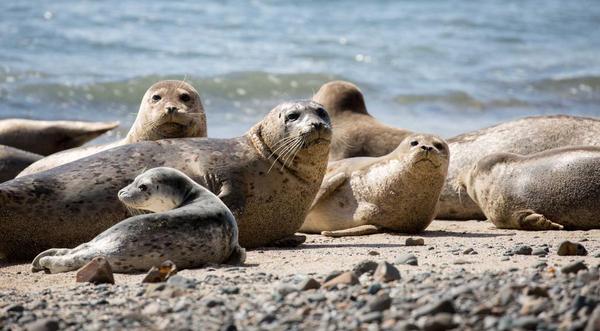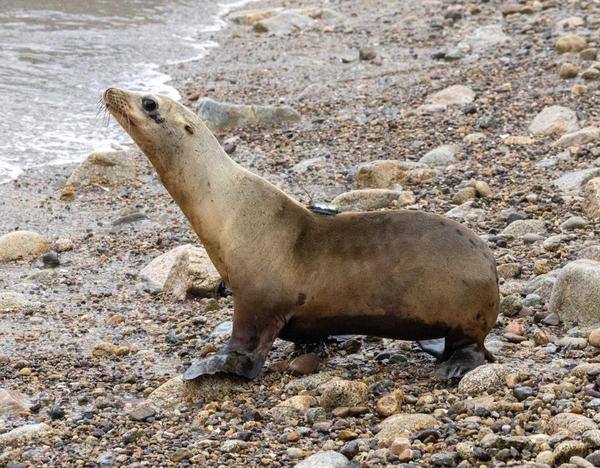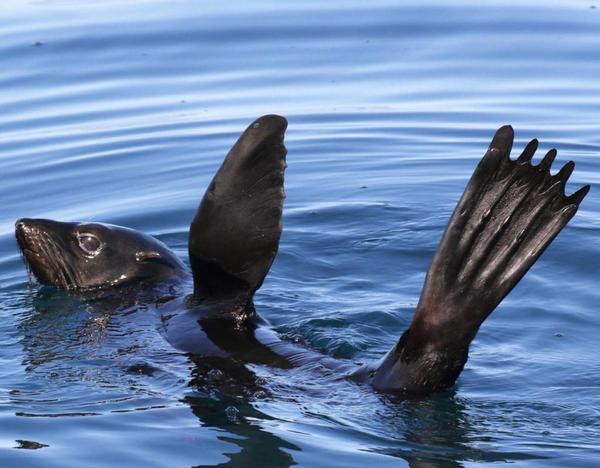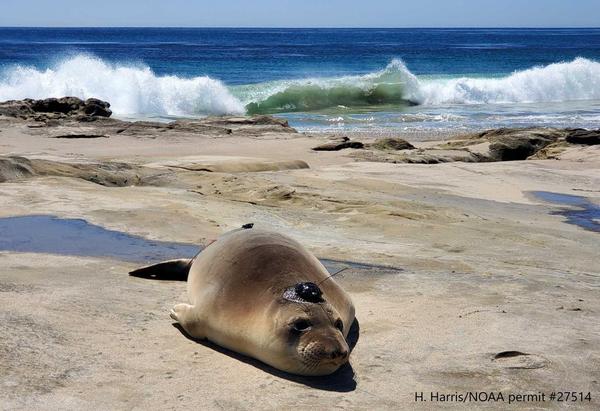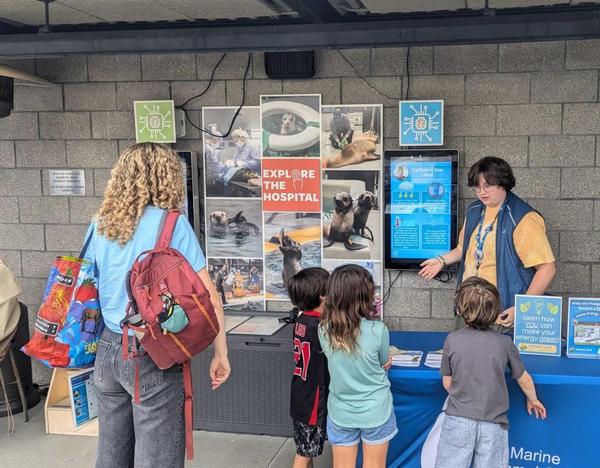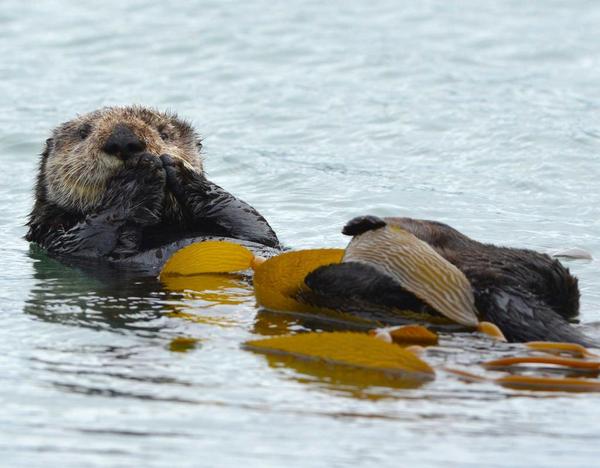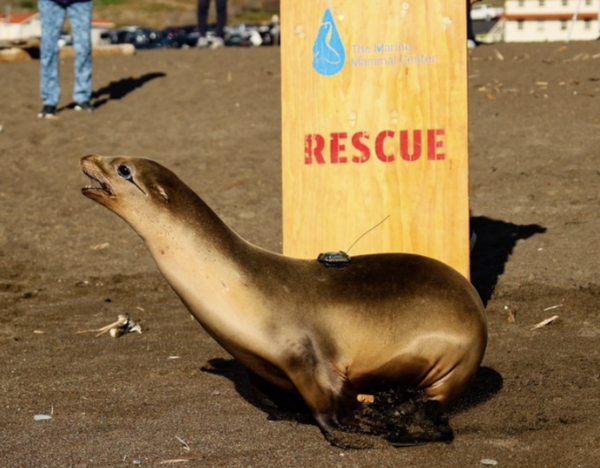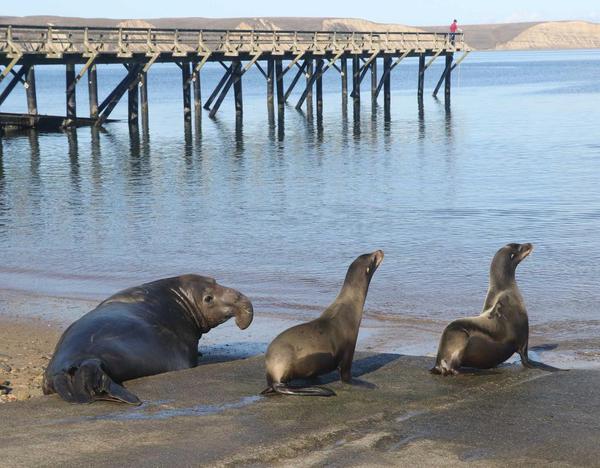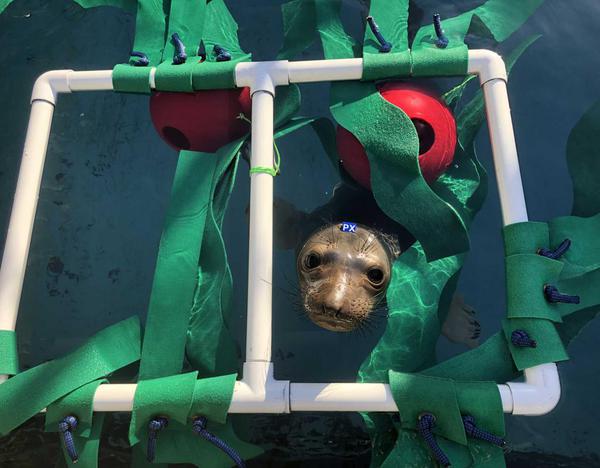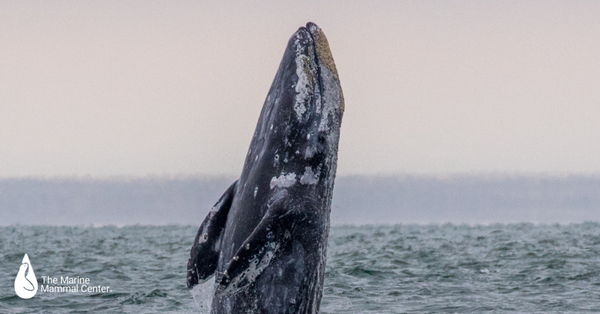
Adaptations of the Deep: Seal Whiskers and Eyes
In the ocean, sunlight decreases rapidly the deeper you are. Only a small amount of light can reach below about 650 feet in the deep-sea area known as the mesopelagic, or twilight zone. And beyond about 3,300 feet, the bathypelagic, or midnight zone, is bathed in complete darkness....


